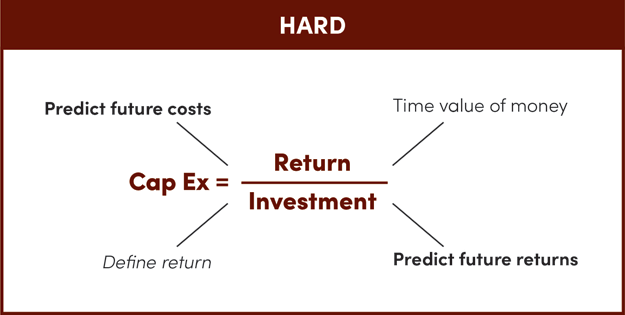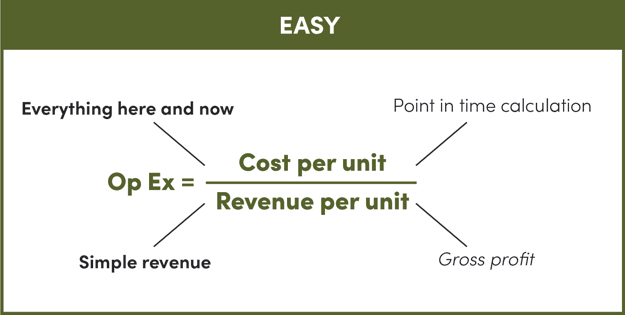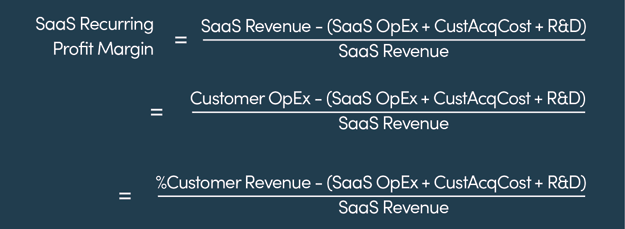
Every business needs capital, but how it is used varies dramatically by industry.
Telecom companies use capital to build the network and communication infrastructure that will generate revenue for the next 30 years. Similarly, manufacturing has to build a physical factory or production line, but after the factory is built the need switches to the ongoing working capital necessary to buy the materials for the production of the product.
But for the equipment finance entrepreneur, capital means something different.
Like their telecom and manufacturing peers, finance leaders have traditionally needed capital to set up the operations of the business, i.e., buy the technology necessary to implement and operate the workflows of originations, contract management, funding and collections. Similar to the manufacturing companies, leasing companies have an ongoing need for capital to run the business, but in this case, the capital itself is the “raw material” of the business. Leasing customers won’t, and don’t have to wait around while a prospective finance partner secures funding. Lessees need equipment to generate revenue. They cannot afford to be patient. Continuous access to capital is essential for an equipment finance company.
So, it’s doubly painful when an equipment finance company has to use capital on technology. Sure, the business has to have a modern technology stack and run a completely digital and mobile workflow today. But capital used for technology steals from the operating budget of the business. But this does not have to be the case. Technology costs today should not be a capital expense.
Technology today should be an operating expense – OpEx.
CapEx for technology, infrastructure and manufacturing, has always been hard. The CFO requires a detailed ROI – Return on Investment – justification for a capital investment. The requestor must figure out how much the technology will cost and how much it will cost to maintain it properly – sometimes for 20 years or more.
CapEx technology decisions must consider obsolescence and security risks over time – a particularly challenging task for software and or network investments. The requesters must define and estimate the return over the period covered by the investment. The return can be lower operating costs or more revenue or even both. But when will the returns arrive? What are the probabilities of all these forecasts? And after all those predictions are complete don’t forget to normalize everything with the time-value-of-money and weighted average cost of capital (WACC) because the CFO is going to ask, “Why should we build this when we can buy it?” It’s ironic that the most desired technology today, artificial intelligence, requires users to make predictions of future outcomes that will be the primary function of the AI technology they are trying to build.

CapEx investments are hard because they require both foresight and prediction to get over the ROI hurdle of capital investment analysis.
Fortunately, modern technology stacks present equipment finance entrepreneurs with a very attractive alternative that completely avoids the CapEx investment analysis. Modern software partners use a Software-as-a-Service (SaaS) service commercial model that enables each customer to switch from the challenging future-centric evaluation of a CapEx investment to a simpler, here-and-now, almost accounting-based model: OpEx.
Equipment finance leaders typically think about revenue and profit in the form of commissions rate spreads at a transactional level. Sales commissions are simple OpEx for lessors because the commission is only paid on actual revenue and can either be defined as or calculated as a percentage. Revenue from a payment stream is paid for by payments made on a funding line – the difference makes up the gross profit of the deal. These key metrics are all simple ratios, simple calculations, and are made at the point in time of the transaction. Yes, the terms of the deal must accommodate future economic changes and trends, but that is the heart of the business – risk management – and it’s built into the pricing models of the business.

OpEx is easier than CapEx from a measurement and analysis point of view, so how can a business use it as the primary method by which to acquire technology? The answer is to find a true Software-as-a-Service (SaaS) partnership. As a customer of a SaaS solution, the finance company should have, and receive satisfaction for, three expectations:

True SaaS companies will be comfortable with these expectations, in fact welcome them, as they know that their business metrics align with these. Tien Tzou, founder and CEO of Zuora and author of “Subscribed” defined three financial metrics for a SaaS business:

A SaaS partner who understands Tzou’s SaaS insights will want to be a part of their customer’s OpEx, not CapEx, spending. CapEx spending is not recurring and as such does not support ARR. OpEx spending grows when a business grows so a SaaS supplier has a built-in growth model if they help their customers grow.
A SaaS company’s biggest expense, after product development and maintenance, is new customer acquisition. Their biggest fear is losing a customer – that’s a double whammy because they lose the ARR and have to spend more money to replace it. Their operational focus is unit profitability, i.e., grow margin. They operate in a purely OpEx model as well since all of their production costs are software and cloud-based which means variable. SaaS margins improve as revenue improves so they are motivated to improve customer revenue – SaaS revenue is a function of customer revenue.

As such, a true SaaS partner is highly motivated to help customers succeed with their business models. When they are a part of a customer’s OpEx, they grow when a customer grows, and their profitability grows when that happens as well as they secure more revenue on the same fixed costs.
So, what does all this SaaS economics mean for an equipment finance company? It means that there are motivated technology partners out there who want to make the business’ technology needs an OpEx decision, not CapEx. It means that the right technology partner will make their success depend upon yours. It means that equipment finance companies should take the easier path to technology acquisition: OpEx.
It means: in equipment finance, capital is for funding.